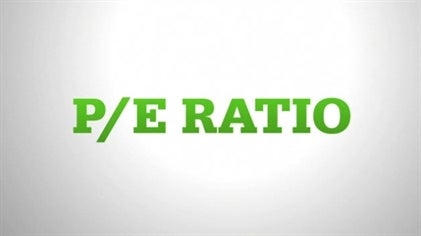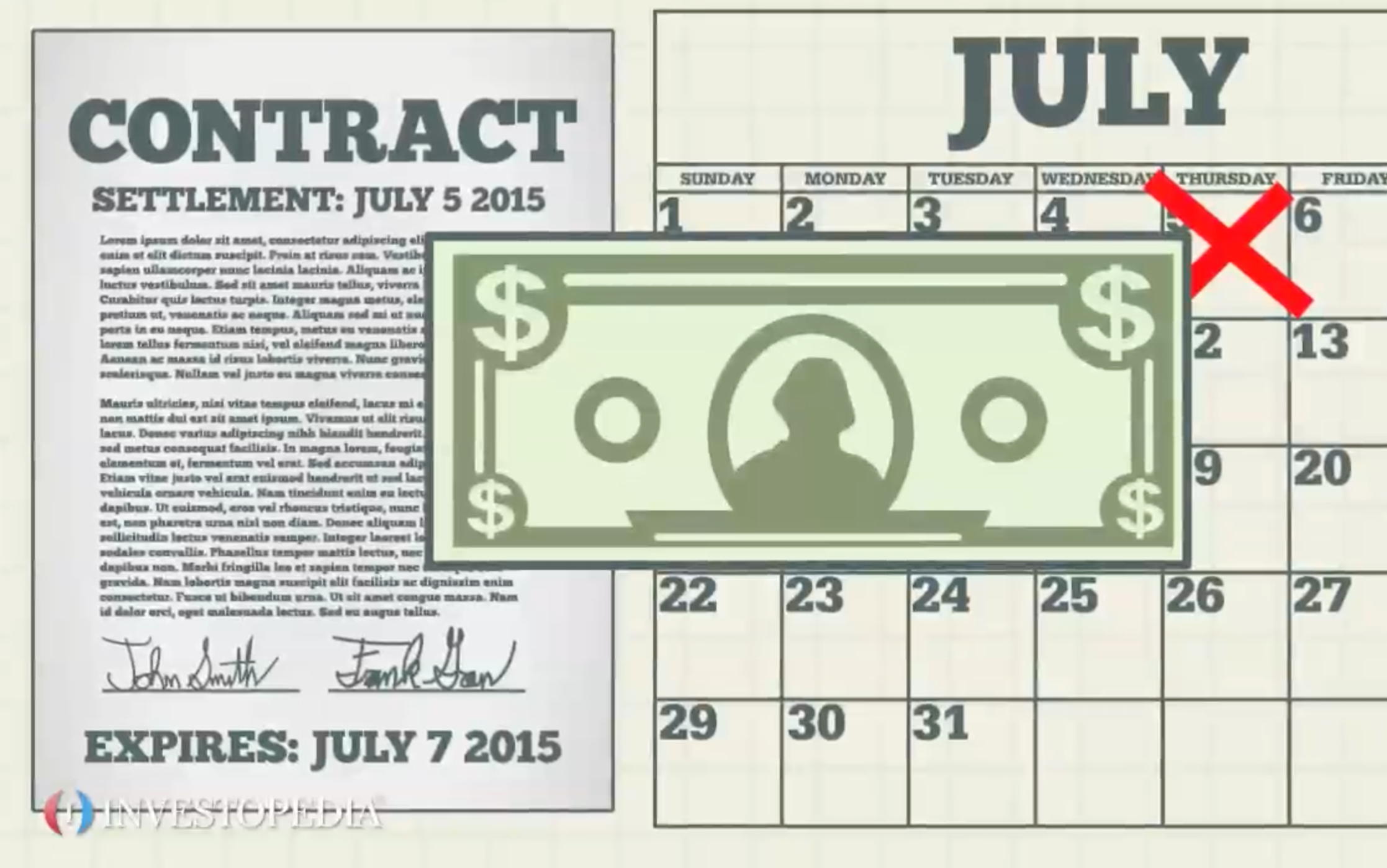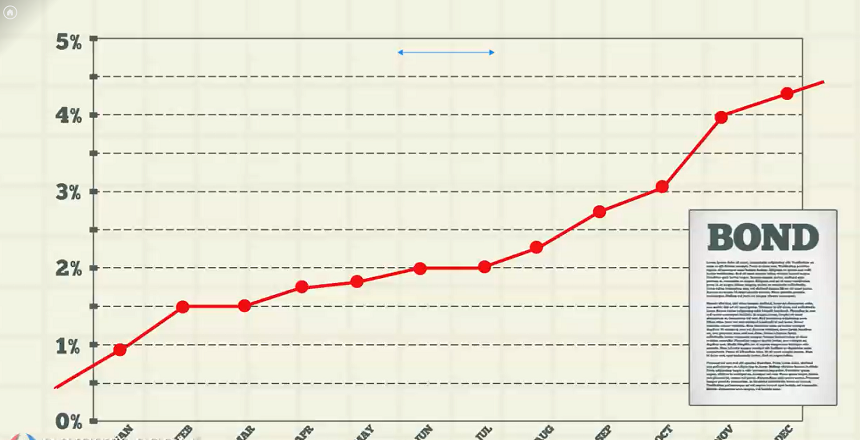The forward price-to-earnings ratio is the same as the standard price-to-earnings ratio, but with projected earnings instead of prior earnings. Just like the regular P/E ratio, the forward P/E ratio uses four quarters of earnings for the calculation.The forward PE ratio is used to compare a company’s current P/E ratio with future projections. It can also be used to compare two different companies with a forward-looking focus. The formula for the forward PE ratio is: Market Price Per Share/Expected Earnings Per Share Assume ABC Corporation has a market price of $25 per share. Its projected earnings for the next four quarters are $125 million. ABC has 100 million shares outstanding, resulting in expected earnings per share of $1.25 per share. Using the formula, ABC’s forward P/E ratio is: $25 per share/$1.25 expected earnings per share = 20 This P/E ratio can be compared to ABC’s traditional P/E ratio to get a quick view of whether or not ABC is a good investment. If it’s higher, it may indicate that ABC is a good investment. Nevertheless, it’s recommended that investors rely on more data than the forward P/E ratio alone. One of the limitations of using the forward P/E ratio is that the estimation of expected earnings may be wrong. The forward P/E is best used with other financial analysis tools to create a more complete picture of a company’s potential.





